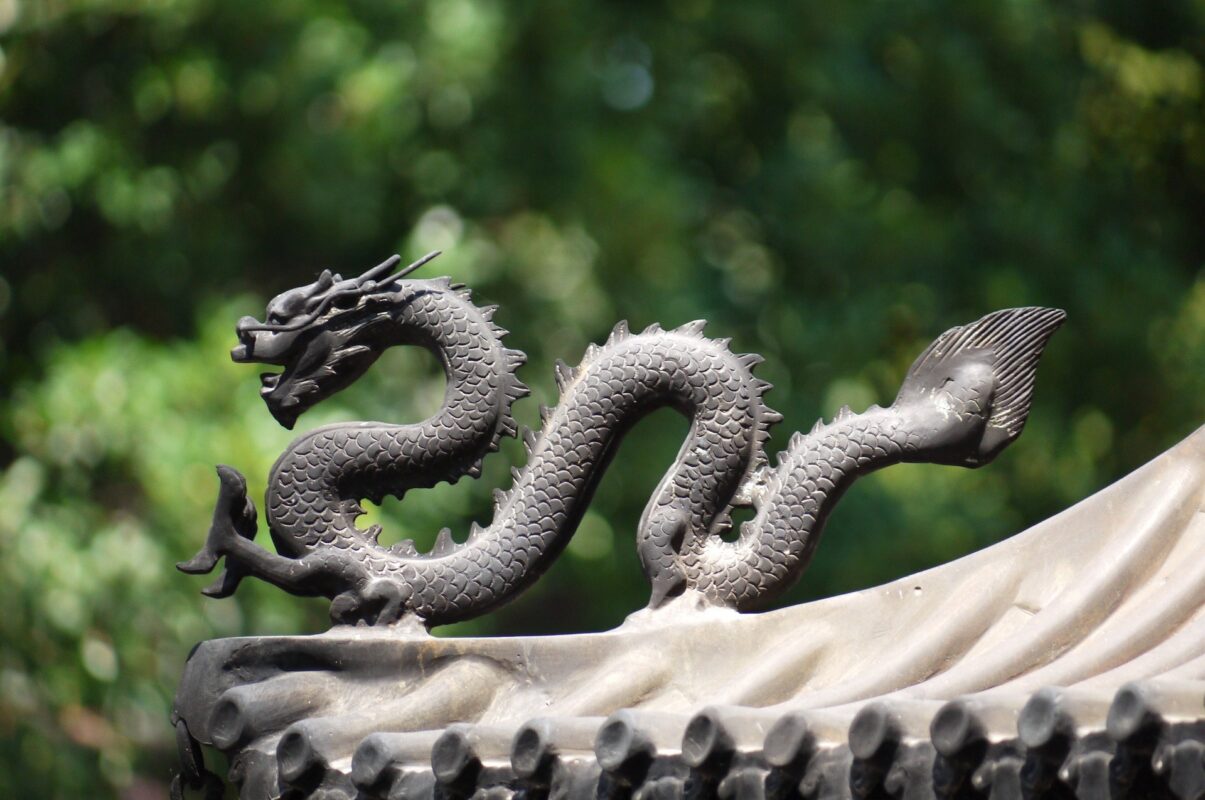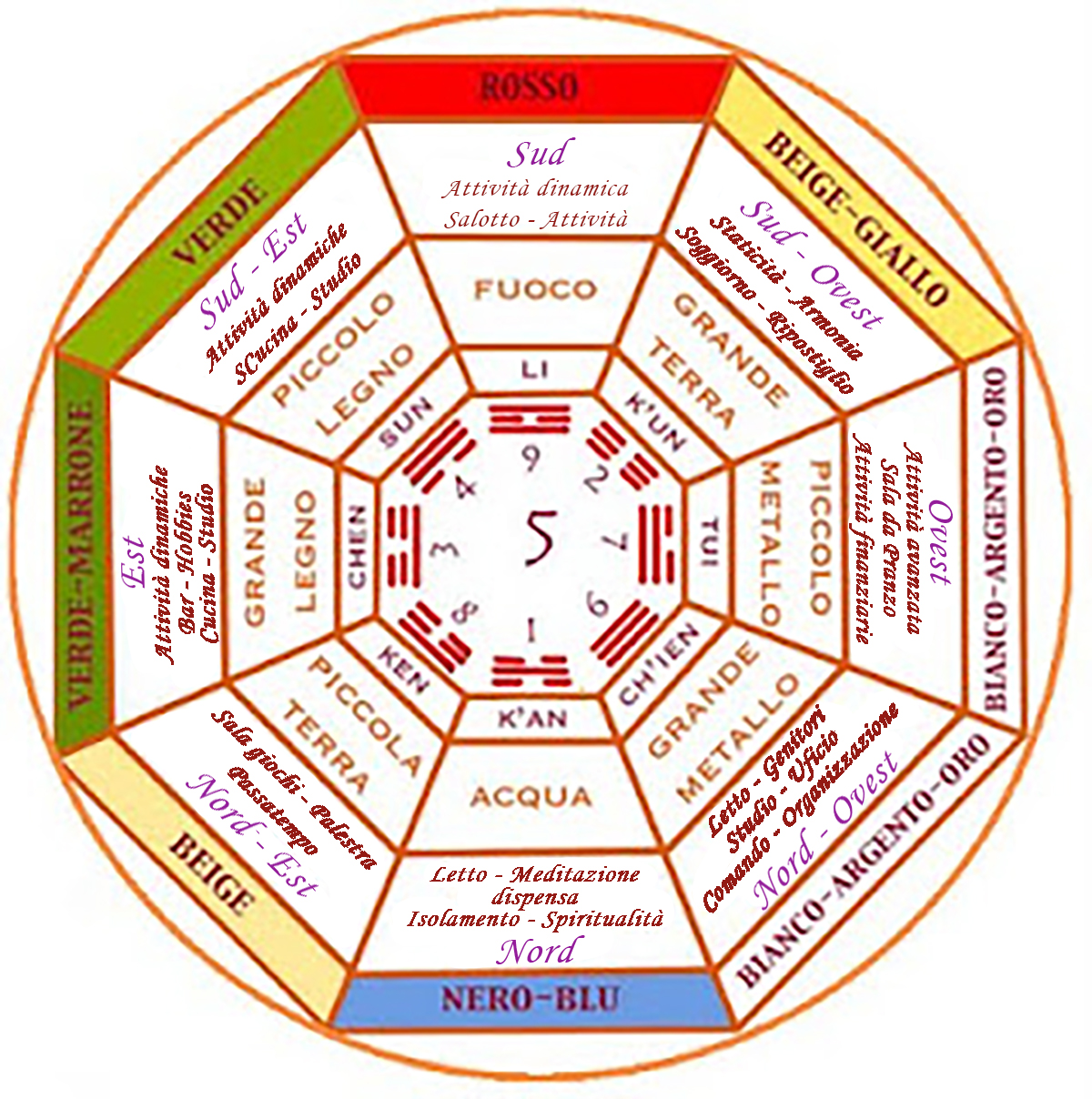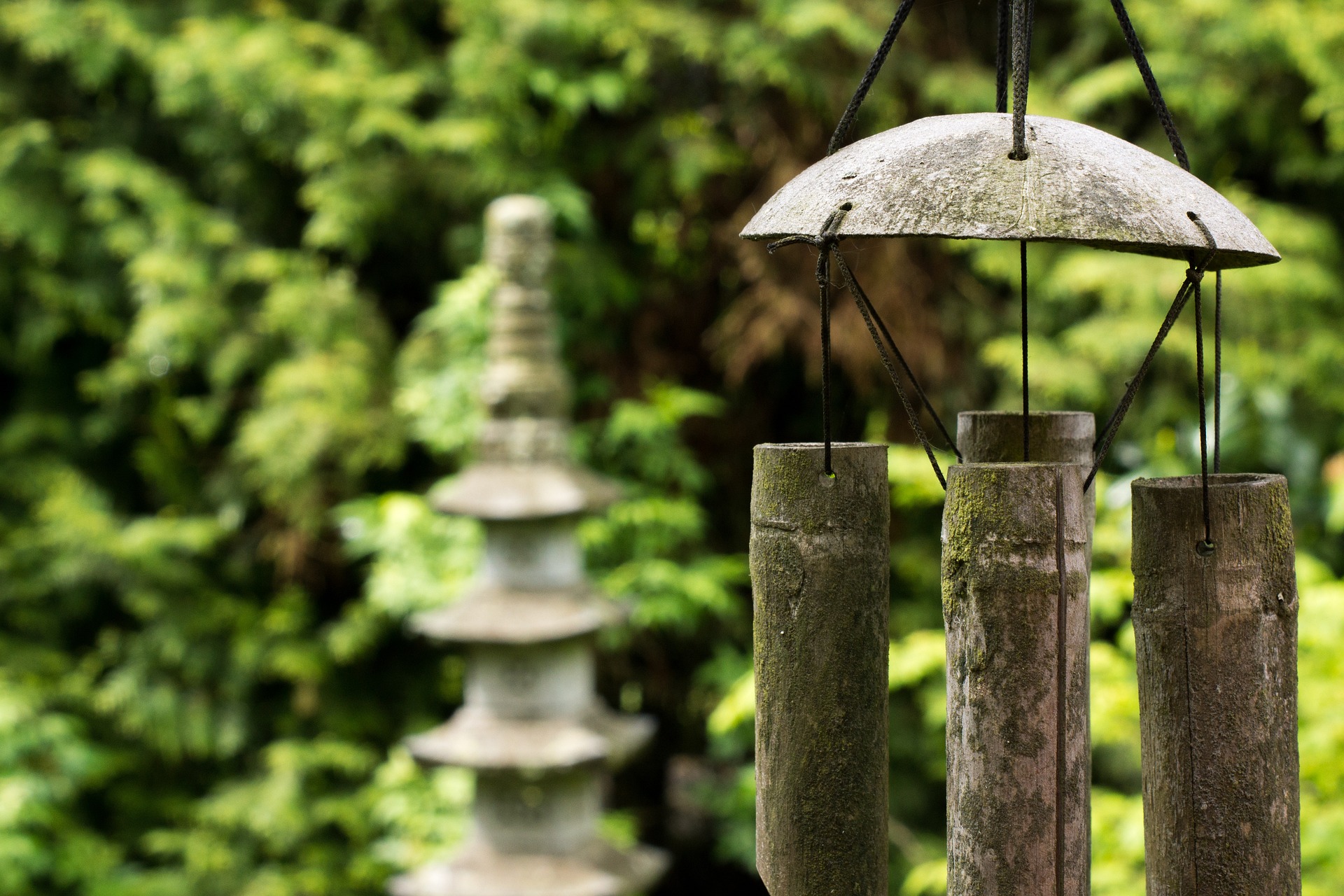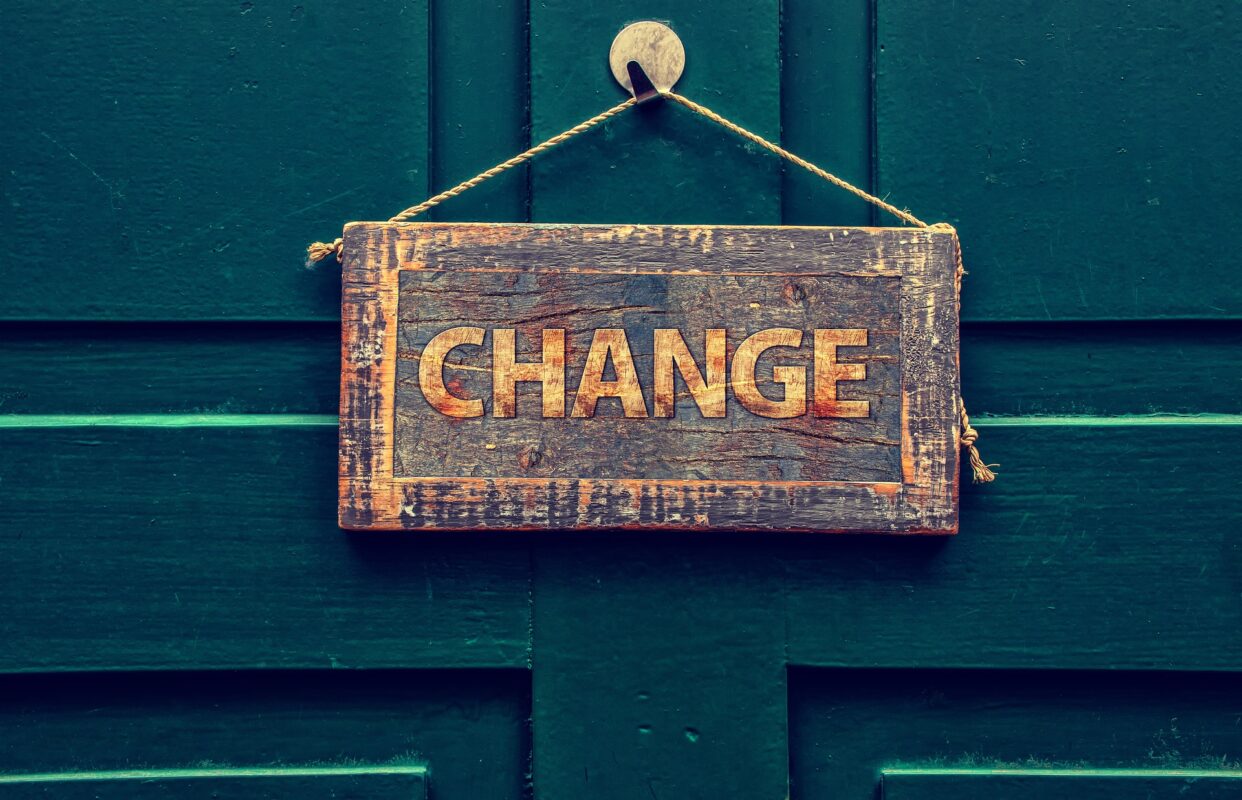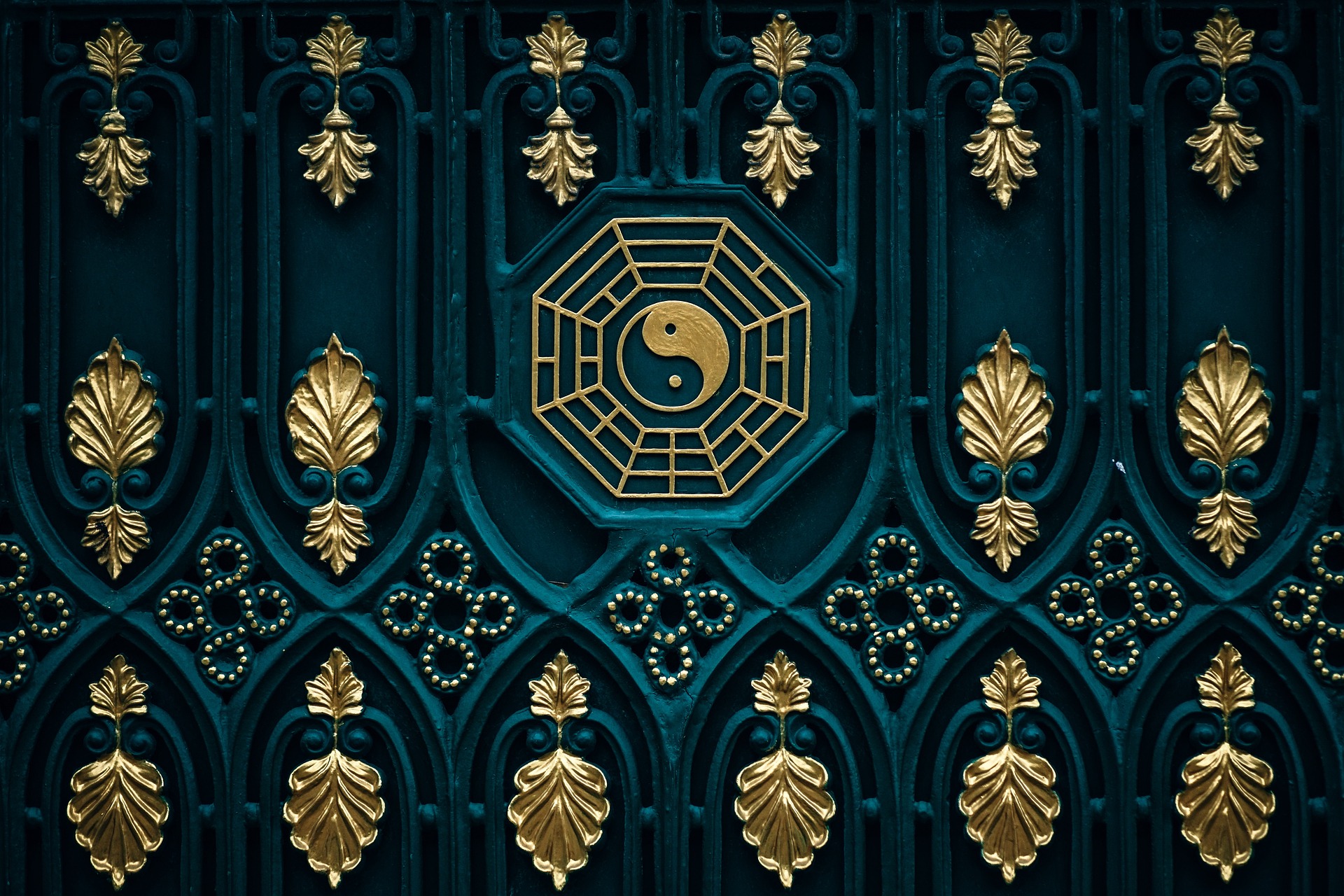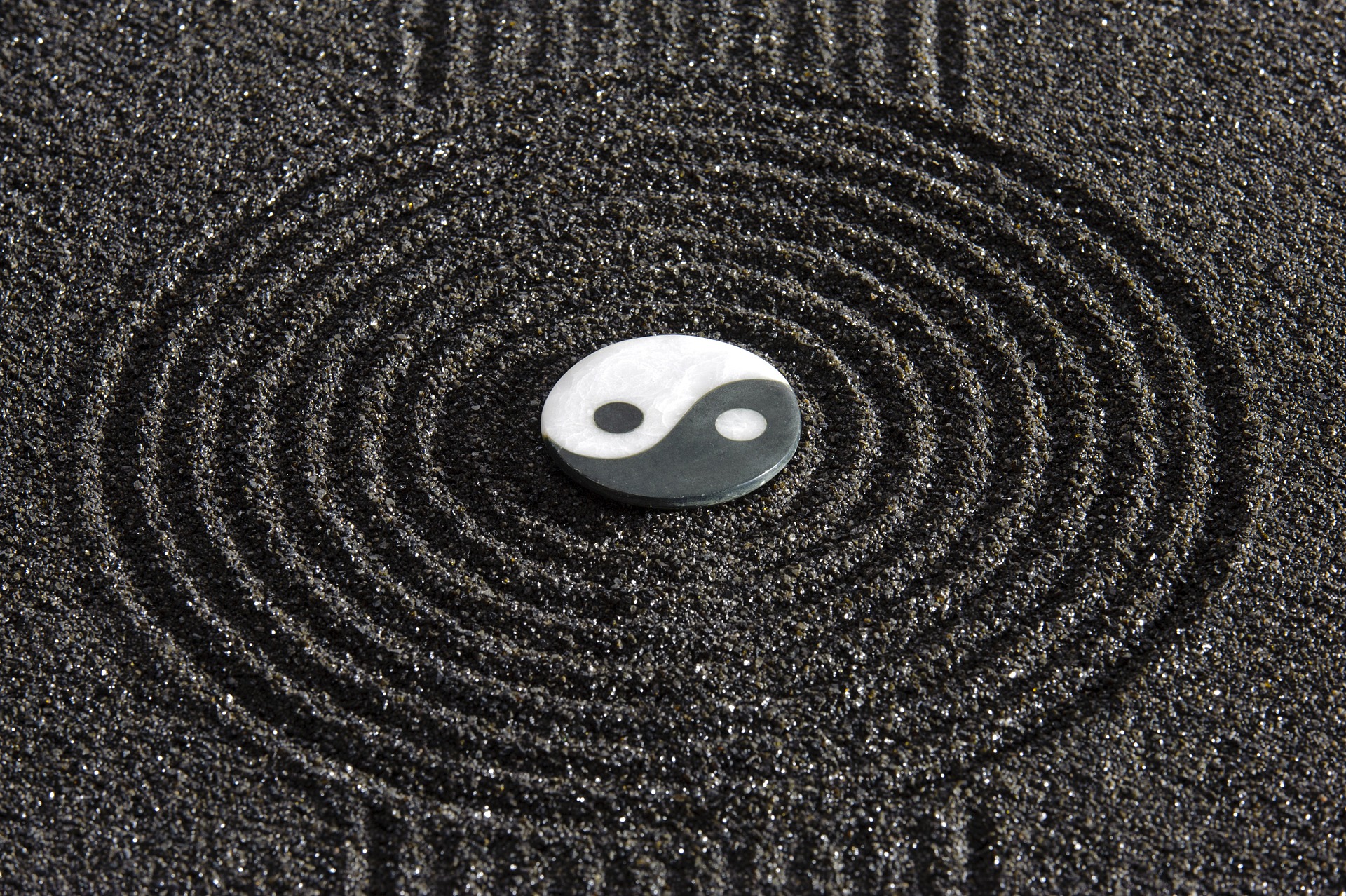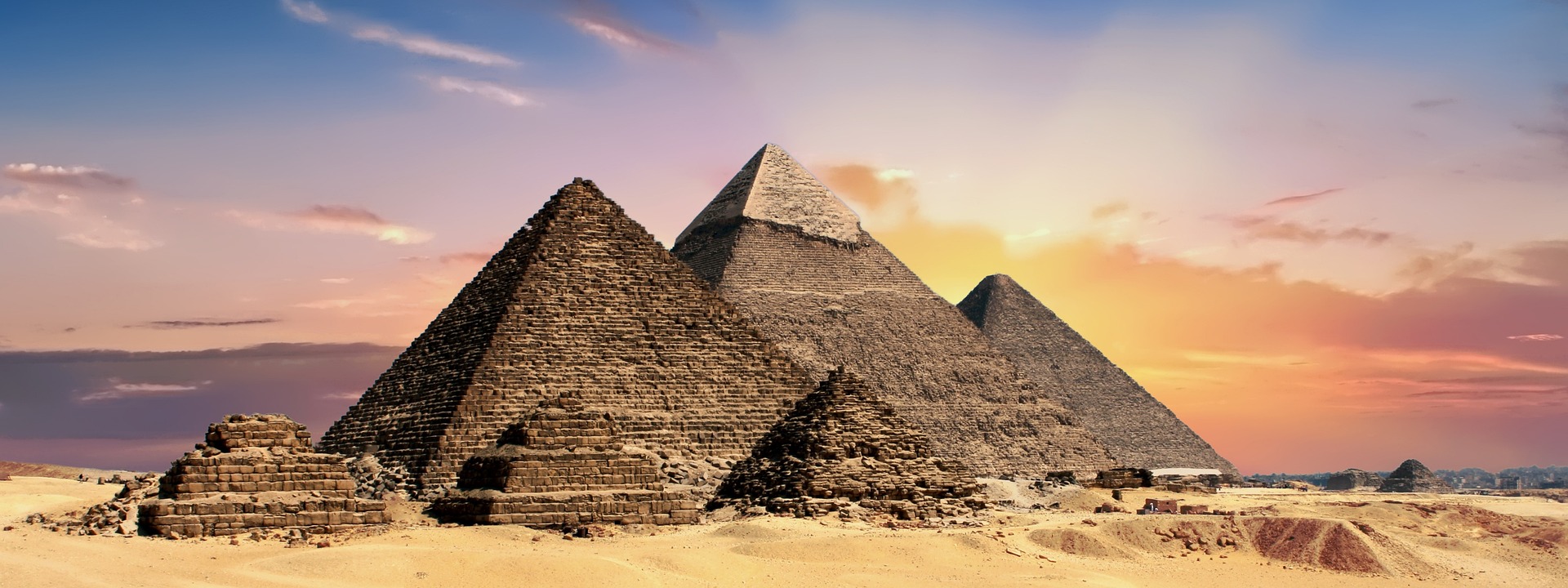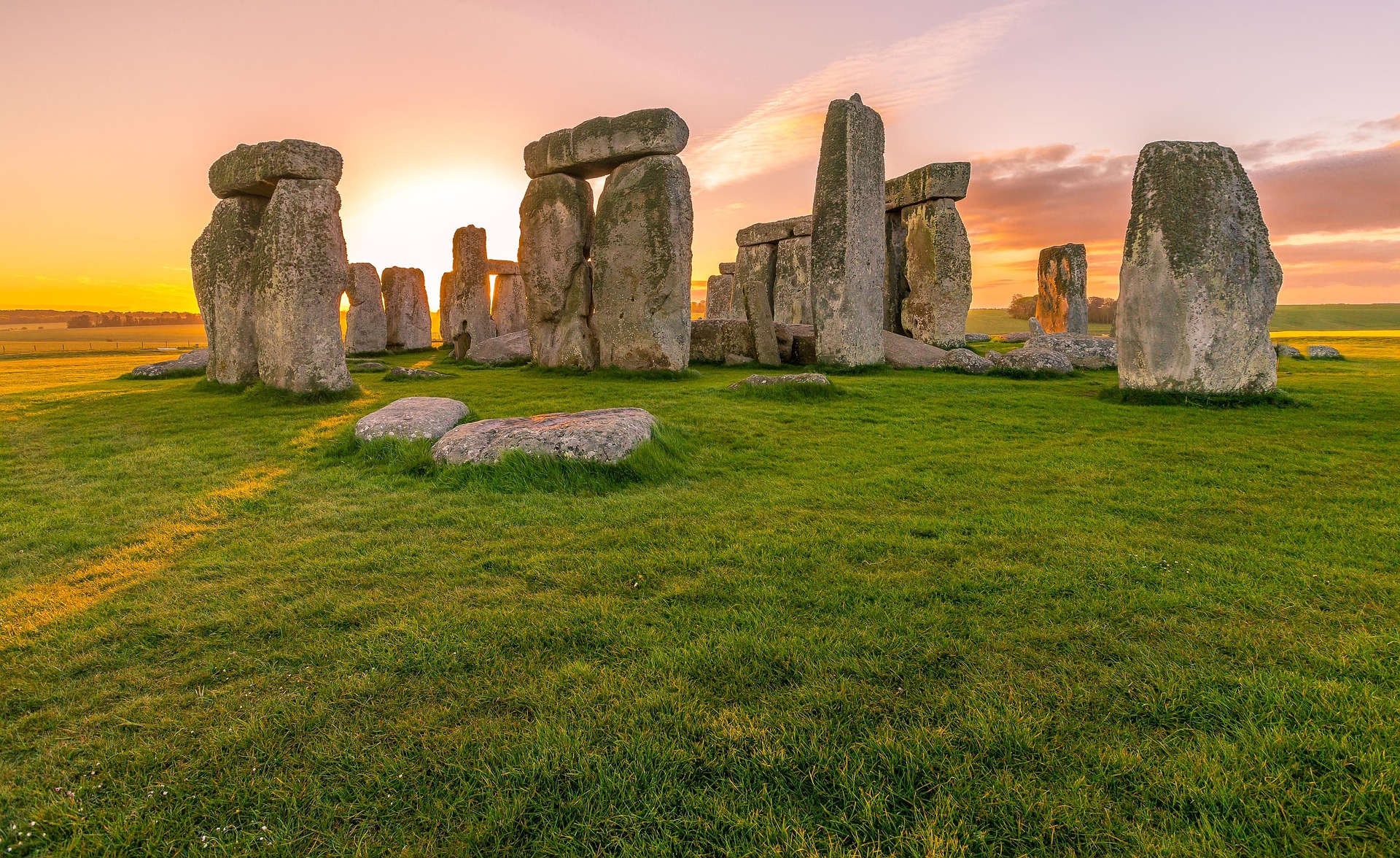Why just an introduction to Feng shui?
In this article we talk about Feng shui. Being a discipline born thousands of years ago, it is complex and interesting. It is a way of dealing with life and it also finds application in the design of offices, homes and gardens.
It is true that on the internet there is not only a lot of information on this subject but also books and entire dedicated sites. As we often do here, we want to frame the topic allowing, hopefully, to give some indications on how to move in search of the in-depth analysis we want.
As we said, feng shui is a discipline and as such it has a series of symbols and writings that explain it and also allow you to use it.
What is Feng Shui?
Feng shui was born from Kian-yu, a previous discipline that knows and shapes “the shape of the territory based on the understanding of the ways of heaven and earth”.
We are therefore talking about geomancy, astrology and Taoism.
It seems possible to simplify by saying that they are all nonsense, but if I told you that geomancy is for “respect for the balance of the natural world and respect for the earth” what would you tell me? Beautiful. Credible. Possible.
And then also astrology not as a study of the zodiac signs but as the position of the stars and planets and their influence on the forces of the earth (the concept of tides and their connection to lunar trends is a real fact).
Feng shui comes from the Ba gua (complex diagram that we will resume below). This discipline maintains that, since the world must be in harmony, we too and the spaces in which we live, being part of the world, must be in harmony.
What is harmony for Feng shui?
Feng shui identifies in the “Chi” (read Qi) the universal energy that flows relentlessly outside and inside us. This energy moves freely and can be harnessed in some way. One can learn to harness it within our body to do a certain thing – lift something heavy, hit something or someone, etc. or you can make it move harmoniously in the places we live.
What does Feng Shui mean?
The word Feng Shui means water and wind and clearly defines which natural forces most influenced the life of ancient populations, in this case the Chinese. In fact, they are the ones who developed this discipline.
Even today we are at the mercy of water and wind, perhaps to a lesser extent, but we remain an infinitesimal force in the face of the forces of nature and I think we should always remember this.
What is Feng shui for?
If we consider that the world is made up of land, water and air. These variables must be understood according to their interactions and – according to the belief we are talking about – respected in creating the spaces in which we live.
In the world today it is used by large companies to make more money, but feng shui mainly deals with self-harmony according to this belief:
THERE IS ONLY ONE THING TRULY CONSTANT: CHANGE
So if everything moves, people, objects, money, feelings, ideas, then we just have to understand the dynamics of these energy movements and we too will be in harmony with the universe, obtaining the best results from it.
What are the spaces where Feng shui is applied?
As we mentioned before, large companies hire architects and engineers who understand Feng shui to identify the most suitable places for the construction of their building in order to maximize concepts such as fame, prosperity, wealth.
The spaces in which we can use feng shui are those of the places where we live, therefore the house, the garden and the office. Every place and every room has its own needs and every person who lives inside has their own specific preferences. Furthermore, each house or garden has its own location with respect to the land axes. All these parameters, and their interactions, allow you to study and if necessary correct the feng shui of a place.
What are the rules of feng shui? What is Bagua?
A discipline that is based on universal rules is based on terrestrial aces. The Ba Gua (literally “eight numbers”) is a representation of the universal forces on an octagonal base.
What is Bagua?
Bagua is also used in Taoism and martial arts. It is an octagon formed by 9 positions: a central one that represents the earth and contains the Tao and eight “trigrams” corresponding to the wind rose with the south, however, positioned at the top.
In a rather complete representation of this organization chart there are numbers, colors, elements and forces connected to them, for each section.
We speak of Yin and Yang at the center of the Bagua, just like in the tao. Yin and yang in nature exchange: one becomes the other but in a fluid way, by degrees, intermediate stages and nuances.
In fact, for feng shui a chi that moves too fast or too slowly, until it stops, is not good. The chi must flow with the right speed without encountering obstacles. Bringing harmony where it flows, it also brings harmony to the inhabitants of that place.
The Bagua helps those who read it to understand how to harmonize spaces through colors, shapes, numbers and elements.
For example, the bagua contains the perfect magic square where the 9 numbers entered, added together in a row, always give 15.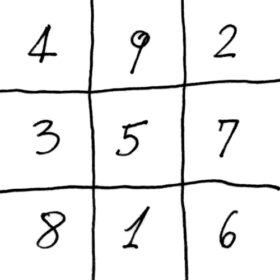
Above the numbers are the symbols of the I Ching (or Book of Changes) compiled in 1100 BC. and whose fragments were collected and brought to us by Confucius in 600 BC.
How is Feng shui simple?
Bearing in mind that north of the bagua is the south, if you superimpose the floor plan of your house and/or garden. reading something about it you can already check how the chi circulates in your environments or make some small adjustments to improve its flow.
In short, making sure that the needs present on the Bagua are satisfied for each area, as well as a couple of additional rules, we could obtain a positive feng shui in the places we live.
What is feng shui difficult at?
Not being able to change the position of the house with respect to the axes and all the furnishings with respect to the requests of feng shui, symbols must be used to correct any harmful influences.
These symbols or small disposition modifications are described here and there in books and on the internet, as well as in courses and seminars, so either you get a great culture about it (to avoid mistakes and make the situation worse) or call an expert feng architect shui.
Feng shui courses
Below you can find some of the centers that organize Feng shui courses. Some are for professionals only and others are open to all. Some courses are organized face-to-face and others via the web. On the linked pages you will find all the information.
Happy learning!!
Verona https://www.fengshui-italia.com/accademia-architettura-feng-shui/
Roma http://www.fengshuiroma.net/garden-feng-shui/
Torino https://www.unipoptorino.it/corso/feng_shui/106
Bagno di Romagna (FC) https://spazioumano.com/scuola/panoramica-corsi/
Porto San Giorgio (FM) https://www.abitareconsapevole.com/corso-feng-shui
The input of mondo del giardino
If you are interested in feng shui read something and make some small changes in the house or garden and see the effects. Following those you will then decide whether to deepen, leave it alone or call an expert.
Now on horseback! Work awaits us! Our new wonderful outdoor space is about to be born!
GOOD WORK and … if you have any questions please write to info@mondodelgiardino.com
Image Sources: Header image and other photos by Piro, Alexander Stein and Sherisetj, Acropolis by Eduart Bejko, Pyramids by Pete Linforth, Stonehenge by Sally Wilson from Pixabay, Bagua with I Ching by Pinterest , the magic square of numbers from italiadonna.it, the complete bagua fromabitareconsapevole.com; the bagua map from gowithharmony.com.


